Dual Battery Systems 101: Boost Your 4x4 Adventures with Essential Know-How
Venturing off-road in your 4x4 can be an exhilarating experience, but it can also put a strain on your vehicle's electrical system. With all the auxiliary gear and accessories vying for power, it's essential to have a reliable source that can handle the load. That's where dual battery systems come into play. These systems are designed to power auxiliary gear and accessories without draining your vehicle's starter battery, ensuring that you can confidently navigate rough terrain without the worry of a dead battery.
A dual battery system uses a secondary battery in addition to the vehicle's starter battery, functioning as two isolated systems. This secondary battery provides power to accessories like fridges, lights, and winches, while the primary battery continues to supply power to the engine and essential electronics. The inclusion of an isolator ensures that each battery operates independently, preventing the accidental drainage of your starting battery, leaving you stranded in the middle of nowhere.
In essence, a dual battery system is a staple for any 4x4 enthusiast looking to explore the great outdoors without compromising their vehicle's performance. Not only does it provide peace of mind by alleviating the burden on your vehicle's electrical system, but it also ensures you have adequate power to run auxiliary gear, enhancing your off-road experience. So, before embarking on your next adventure, consider the benefits of a robust dual battery system for your 4x4.
Essential Elements of a Dual Battery System
A dual battery system is a crucial investment for 4x4 enthusiasts, providing a reliable power source for off-roading adventures. Let's take a quick look at the essential components of a dual battery system.
The main starting battery is responsible for starting the engine, supplying the initial burst of power needed to crank the engine and keep your vehicle going. As a result, this primary battery is isolated from the rest of the electrical system to prevent it from running out of charge.
In contrast, the second battery, also known as the auxiliary battery, is used to power accessories and additional equipment during your off-road trips. It is often a deep-cycle battery, such as an AGM (Absorbent Glass Mat) type, which can handle multiple charging and discharging cycles without losing its efficiency.
An isolator or a voltage sensitive relay (VSR) is a device that helps to automatically link or separate the two batteries depending on their voltage levels. When the engine is running, and the alternator is charging the main battery, the isolator ensures that the second battery is charged as well. When the engine is off, the isolator disconnects the two batteries, preventing them from draining each other.
The alternator plays an essential role in charging the batteries. However, standard alternators may not provide enough power for dual battery systems, and upgrading to a high-output alternator is recommended for keeping both batteries fully charged.
Installation of a dual battery system involves securing the batteries, mounting the isolator or VSR, connecting the positive and negative cables, and testing the system with a multimeter. It's crucial to follow manufacturer instructions or consult a professional for the installation to ensure proper functioning and safety.
When it comes to accessories, a dual battery monitor is a useful addition that allows the user to check voltage levels on both batteries conveniently from inside the cabin. This helps to maintain awareness and control over the dual battery system at all times.
In summary, a dual battery system for a 4x4 vehicle comprises a main starting battery, a second auxiliary battery, an isolator or VSR, and suitable charging components like a high-output alternator. By understanding these essential elements, 4x4 enthusiasts can make the most of their off-road adventures without worrying about power supply issues. Check out this beginner's guide for more information on dual battery systems.
Difference Between Starter and Secondary Battery
The primary difference between a starter battery and a secondary battery lies in their functions within a 4x4 vehicle. The starter battery, as the name suggests, is responsible for starting the engine and providing energy to all the electronic components in the vehicle.
In contrast, the secondary battery focuses on supplying power to auxiliary gear and accessories, such as additional lighting, electronic devices, and other off-road gadgets. These two batteries work independently, ensuring a reliable power supply for both your vehicle's essential functions and extra accessories.
Another critical difference is their lifespan and capacity. Typically, a starter battery is designed to deliver a high, quick burst of energy to the engine, enabling it to start. This design means that starter batteries are not suited for long-term energy storage or deep discharges. In fact, draining them too much may significantly shorten their lifespan.
On the other hand, secondary batteries are built to handle much deeper discharges and store energy for more extended periods. They're often constructed as deep-cycle batteries, making them better suited for the demands of off-road accessories and electronic devices that need a consistent power supply for longer durations.
The following table summarises the main differences between starter and secondary batteries:
| Feature | Starter Battery | Secondary Battery |
|---|---|---|
| Function | Engine starting | Powering auxiliary gear |
| Discharge Depth | Shallow (limited) | Deep (more significant) |
| Lifespan | Depends on usage | Longer, with proper care |
| Capacity | Less important | More vital for power needs |
In conclusion, understanding the distinction between the starter and secondary battery is crucial for 4x4 enthusiasts. By installing a secondary battery, you can power auxiliary gear without draining the starter battery, ensuring smooth engine starts and a balanced power supply for all your off-road adventures.
Pros and Cons of Dual Battery Systems
Installing a dual battery system in your 4x4 vehicle is definitely an appealing idea for many enthusiasts. There are some notable pros and cons that come along with such a setup, so let's explore them to help you decide whether it's worth the investment.
Pros:
- Reliable extra power: The primary benefit of a dual battery system is the additional power it provides to run essential appliances and equipment, such as fridges, radios, lights, and inverters. This is especially handy when you're out camping or taking long trips.
- Preserving your starter battery: With a dual battery system, you can power your gear without worrying about draining your vehicle's primary battery, ensuring you'll be able to start your engine when needed.
- Winching power boost: A dual battery setup can help increase the available power for winching operations, which can potentially get your vehicle out of tricky situations.
Cons:
- Added weight: One of the drawbacks to consider is the additional weight of the extra battery and supporting equipment. This can reduce fuel efficiency and alter your 4x4's weight distribution.
- Cost considerations: A dual battery system may be too expensive for some enthusiasts, especially when considering the price of parts and installation. It's crucial to weigh up the investment against the benefits before deciding.
So, those are the basic pros and cons of installing a dual battery system in your 4x4. It should help shed some light on whether it's the right modification for you and your vehicle. Keep in mind that factors like your intended use, budget, and requirements can play a significant role in your decision-making process. Happy off-roading!
Choosing the Right Dual Battery Setup

When it comes to setting up a dual battery system for your 4x4 vehicle, there are several factors to consider. It's essential to pick a setup that suits your specific needs, budget, and type of off-roading adventures you plan to embark on. Let's take a closer look at how to make this decision.
Firstly, determine your budget. Dual battery setups can vary in cost, from budget-friendly options to more expensive and advanced systems. Before diving in, it's important to figure out how much you're willing to spend and then explore the alternatives that fall within your price range.
Next, consider the type of battery. There are various types of auxiliary batteries available, each with its own set of features and benefits. Some popular options include Lead Deep Cycle, AGM (Absorbent Glass Mat), and Lithium batteries[^1^]. While Lead Deep Cycle batteries are known for their affordability and durability, AGM batteries provide better performance in terms of powerful and reliable electrical output. On the other hand, Lithium batteries are lightweight, compact, and offer a longer lifespan, albeit at a higher price point.
When setting up a dual battery system for your 4x4, it's also crucial to think about the compatibility. Ensure that your selected battery fits seamlessly with your vehicle and its existing electrical systems. Some dual battery systems are designed specifically for particular makes and models of 4WD vehicles, making the installation process more straightforward.
Don't forget about wire management and accessibility. Depending on your level of expertise, you may want to seek out dual battery setups that are easier to install, maintain, and access. Battery isolators can help manage the charging and discharging of your two batteries more efficiently. They also protect the primary battery from running down, giving you peace of mind.
Lastly, keep in mind that your choice of dual battery system will likely require ongoing maintenance. Regularly checking and maintaining your batteries, connections, and system components will ensure that your setup continues to perform optimally throughout its lifespan[^2^]. By staying on top of this task, you'll be able to enjoy the benefits of your dual battery system for many off-roading adventures to come.
Installation and Maintenance
Installing a dual battery system in your 4x4 vehicle can significantly enhance the functionality and reliability on extended trips and adventures. The process generally involves selecting the right secondary battery, wiring, and mounting solutions to ensure a smooth and efficient electrical system. In this section, we'll discuss some key aspects to consider during the installation and maintenance of your dual battery system.
Before starting the installation, it's important to choose an appropriate site for the secondary battery. The most common location is under the bonnet1, which is convenient and doesn't require additional modifications. However, find a spot that ensures proper ventilation, keeps the battery secure, and is within close proximity to your vehicle's primary electrical system.
When it comes to wiring, it's essential to use high-quality, durable cables with adequate thickness to handle the power requirements of your accessories. It helps in minimising voltage drops and ensuring proper functioning of your entire electrical system.
The process of installation involves connecting the secondary battery to a battery isolator, which automatically disconnects both batteries2 when the vehicle is off. This feature ensures that the starting battery retains enough power for starting the vehicle, while the secondary battery powers your auxiliary electrical devices.
Regular maintenance is crucial for ensuring the longevity and efficiency of your dual battery system. Here are some tips to help you keep your batteries in top condition:
- Inspecting wires: Regularly check the wires for any signs of wear, fraying, or corrosion, and replace them as needed to avoid electrical issues.
- Cleaning terminals: Keep the battery terminals clean and tight, as loose connections and accumulated dirt can cause poor performance and possible failure.
- Checking electrolyte levels: If you've installed a maintenance-type secondary battery, make sure to inspect the electrolyte levels, topping up with distilled water if necessary.
In conclusion, proper installation and maintenance of a dual battery system play a critical role in ensuring a long-lasting, efficient solution for powering your 4x4 adventures. By selecting the right components and following routine maintenance practices, you can guarantee your off-road escapades are well-equipped with energy for all your needs.
Footnotes
Understanding Battery Types
When it comes to dual battery systems for 4x4 vehicles, there are several battery types to consider. Each type has its own set of characteristics and is suited for specific purposes. Let's take a look at some of the most common battery options: AGM, lithium, lead-acid, gel, and deep-cycle batteries.
AGM (Absorbent Glass Mat) batteries are a popular choice for 4x4 vehicles due to their durability and impressive performance. These batteries are designed with a fibreglass mat between the plates, which helps to prevent leakage and enhance longevity. Additionally, AGM batteries can handle high discharge rates and offer excellent resistance to vibrations, making them a great option for off-roading adventures.
Lithium batteries are gaining popularity among 4x4 enthusiasts because of their lightweight nature and a high energy density. These batteries charge more efficiently and can last longer than traditional lead-acid batteries, giving you more power to run your auxiliary gear and accessories. However, lithium batteries can be more expensive, so it's essential to weigh the benefits against the costs.
When it comes to lead-acid batteries, there are two primary types: starting batteries and deep-cycle batteries. Starting batteries provide a high current to crank the engine, whereas deep-cycle batteries are better suited for powering auxiliary equipment for extended periods. If you're looking for a dual battery system, deep-cycle batteries are an ideal choice.
Gel batteries utilise a gel electrolyte, which makes them leak-proof and low-maintenance. They perform well in high heat situations, and since they don't emit fumes, they can be installed in various locations within your vehicle. Gel batteries also have a low self-discharge rate, which means they'll hold their charge longer when not in use.
Lastly, deep-cycle batteries are designed for repeated discharge and recharge cycles, making them perfect for powering auxiliary devices in 4x4 vehicles. They're available in different chemistries, such as lead-acid, AGM, and lithium. Deep-cycle batteries provide constant voltage and longer life, ensuring you have a reliable power source for all your off-road needs.
To sum up, understanding the different battery types and their unique characteristics is essential when choosing the right dual battery system for your 4x4 vehicle. It's important to pick a battery that matches your vehicle's requirements and specific off-roading needs to ensure a seamless and enjoyable adventure.
Power Management and Accessories
When heading off-road in a 4x4, it's essential to have a reliable power system to support all your gadgets and accessories. This is where a dual battery system comes into play. In this guide, we'll cover the importance of managing power and the sort of accessories you can power with a dual battery setup.
Dual battery systems provide greater flexibility in handling different voltage requirements. For example, you can power accessories such as lights, a portable fridge, and even solar panels without draining your vehicle's primary battery. It's important to have a stable power source for these gadgets, especially when camping or going on long trips.
Let's take a look at some popular accessories that 4x4 enthusiasts might use with a dual battery system:
- Lights: Off-road LED lights, interior lights, and camping lights all require a steady power source.
- Portable fridge: Keeping your food and drinks chilled in the great outdoors is a must, and a portable fridge is an ideal solution.
- Solar Panels: For longer trips or remote locations, solar panels are perfect for harnessing the power of the sun to recharge your auxiliary battery.
Now, let's talk about battery management systems (BMS). A battery management system is a crucial component of any dual battery setup. The BMS ensures that your auxiliary battery is charged efficiently and that all your accessories receive a consistent voltage.
Having a well-maintained dual battery system with proper power management will not only enhance the driving experience, but also keep you prepared for any off-road adventure. So, if you're an avid 4x4 enthusiast, it's definitely worth considering a dual battery setup for your vehicle. Happy trails, mates!
Additional Equipment and Accessories for 4x4 Enthusiasts
When venturing off-road, it's essential to have the right accessories to maximise your 4x4's performance and ensure a safe, enjoyable experience. Here's a quick rundown of some additional equipment 4x4 enthusiasts should consider.
Winches are a must-have for pulling your vehicle out of sticky situations. A reliable winch can make all the difference when you're bogged down in mud or need a helping hand up a steep incline. Choose a winch with a capacity suited to your vehicle's weight and your off-roading needs.
Radios help you stay connected with mates during off-road trips. UHF radios keep you informed of local weather conditions and road closures. Plus, they're a valuable tool for coordinating recovery efforts if someone in your convoy runs into trouble.
Auxiliary gear is crucial for maintaining power to your vehicle's essential electronics during extended trips. Investing in a dual battery system is an excellent idea as it ensures your primary battery has enough juice to start the engine, while the secondary battery powers things like fridge freezers and camp lighting.
Speaking of electronics, 4x4 enthusiasts often rely on a variety of gadgets and gizmos during their adventures. GPS units, tyre pressure monitors, and charging systems for phones and cameras are just a few examples of handy devices to have on hand.
Off-roading can present some hazards, so it's essential to protect your vehicle. Bull bars, rock sliders, underbody protection, and snorkels can significantly reduce damage from rough terrain and water crossings.
Safety lights are crucial for visibility during night-time excursions and recovery missions. Spotlights, light bars, and rearview spotlights all play a role in ensuring you can see and be seen in the great outdoors.
In summary, equipping your 4x4 with these additional accessories can make a significant difference in your off-road experience. Stay prepared and have a blast exploring the wonders Australia has to offer!
Leading Brands and their Dual Battery Systems
When it comes to dual battery systems for 4x4 enthusiasts, several leading brands stand out, offering top-notch products to power up your off-roading adventures. In this section, we will discuss some of the most popular brands, such as Redarc, ARB, Projecta, and TJM.
Redarc is well-known for their advanced battery management systems, designed with the latest technology. They offer a range of dual battery systems, including the popular BCDC range, which ensures your auxiliary battery gets the most efficient charge possible. With their patented Green Power technology, Redarc systems prioritise solar charging, reducing your reliance on your vehicle's alternator.
For those looking for a complete solution, ARB offers dual battery kits tailored to specific vehicle models, ensuring a seamless and secure installation. Their auxiliary battery systems boast smart isolators and wiring harnesses for a reliable and straightforward setup. Additionally, ARB provides a range of battery trays and boxes to keep your auxiliary battery safe and secure.
Another top contender, Projecta, offers an extensive lineup of dual battery systems and accessories, including the Intelli-Charge and Solar Charge series. Their products cater to a variety of needs — from basic setups to more comprehensive systems that combine both solar and alternator charging. Projecta's systems are praised for their robust build quality and reliable performance.
TJM is a well-established brand in the 4x4 market, offering a wide range of dual battery systems and solutions for various vehicle types. Their IBS-DBS (Intelligent Battery System - Dual Battery System) is a top choice among off-roading enthusiasts, providing smart management of auxiliary batteries and an easy-to-use interface for monitoring.
In summary, these leading brands — Redarc, ARB, Projecta, and TJM — provide an excellent selection of dual battery systems for 4x4 enthusiasts. By exploring their offerings, you can find the perfect setup to meet your power needs on your off-roading adventures.
Tips for Your 4x4 Adventures
G'day, mate! Ready to embark on an epic off-roading adventure in the great Australian outback? While you're prepping your 4x4, it's crucial to consider the importance of a dual battery system. It ensures that you have a reliable source of power for your camping gear and keeps your starter battery safe from being drained.
Before you hit the dusty trails, make sure your 4x4 can withstand the harsh environment. Outback adventures often involve driving through rugged terrain, where constant vibration, dust, and corrosion can be your vehicle's enemies. Here are a few useful tips for keeping your 4x4 in tip-top shape:
-
Bonnet Protection: Apply a protective film to your bonnet to shield it from dust and debris. When travelling in the outback or off-roading in Australia, you'll need all the protection you can get for your vehicle's exterior!
-
Vibration Dampening: The constant thrum of driving on rough terrain can potentially damage your vehicle's internal components. Invest in quality anti-vibration mounts for your dual battery system and other modifications to keep everything securely in place.
-
Dust Sealing: Keep dust and dirt out of your 4x4's engine compartment with proper seals and filters. Regularly inspect and maintain these seals to ensure they are functioning at their best.
-
Corrosion Prevention: Australia's coastal regions are home to some beautiful 4WD tracks, but the salty air can lead to corrosion. Always rinse your vehicle thoroughly after beach drives and consider applying anti-corrosion treatments to your 4x4.
-
Outfitting for Camping: A well-equipped 4x4 camping rig makes all the difference in enjoying a comfortable stay in the outback. Essential items for a successful camping trip include a quality rooftop tent, compact cooking gear, and an efficient dual battery system to power your devices and keep your food and drinks cold.
So, there you have it! With these essential tips in mind, you're set to tackle the Australian terrain with confidence. Whether you're exploring majestic coastlines or venturing into the heart of the outback, your well-prepared 4x4 will ensure a safe and memorable adventure. Good luck, and happy off-roading!
Frequently Asked Questions
What are the benefits of having a dual battery system in a 4WD?
A dual battery system offers numerous advantages for 4x4 enthusiasts. Among these benefits is the ability to keep your vehicle's starter battery separate from the auxiliary battery used to power gear and accessories, preventing the main battery from being drained while camping or off-roading. This means you can power your 12-volt accessories and devices such as portable fridges, lights, and air compressors without worrying about getting stranded.
How do you connect a dual battery system properly?
To connect a dual battery system properly, a battery isolator or controller is used to direct the charging current to either the starter or auxiliary battery, depending on their charge levels. This helps to balance the charging distribution, keeping both batteries charged and isolated, ensuring the vehicle starts smoothly. Keep in mind proper wire gauge and secure connections to avoid voltage drop and ensure safety.
What are the differences between battery isolators and controllers?
Battery isolators utilise diodes or solenoids to separate the starter and auxiliary batteries, allowing the alternator to charge both batteries without them being connected directly. Controllers, on the other hand, are more sophisticated devices, often employing smart charging technology to monitor the current and voltage of each battery. They make decisions about charging rates in order to optimise the charging process and prolong battery life.
Is a lithium dual battery system a good choice?
A lithium dual battery system can be an excellent choice, as these batteries have a higher energy density, allowing them to store more power in a lighter, smaller package. They also have a higher discharge rate, which means they can deliver more power when needed. Additionally, their lifespan tends to be longer than traditional lead-acid batteries. However, they are also more expensive, so consider the performance requirements and budget when making your decision.
What factors influence the cost of a dual battery setup?
The cost of a dual battery setup depends on factors such as the type of battery (lead-acid or lithium), the battery capacity, the quality of the battery isolator or controller, and any additional accessories such as mounting gear or wiring. It's essential to balance your budget with performance and longevity expectations when choosing a dual battery system.
How can you determine the best battery for your 4x4?
To determine the best battery for your 4x4, you'll need to consider your power consumption needs, your budget, the intended use of the vehicle (such as off-road adventures, camping, or daily driving), and your charging system's capabilities. Research different battery types, capacities, and brands to find a suitable option, and be sure to consult vehicle-specific forums or talk to experienced 4x4 enthusiasts to gather valuable insight and advice.

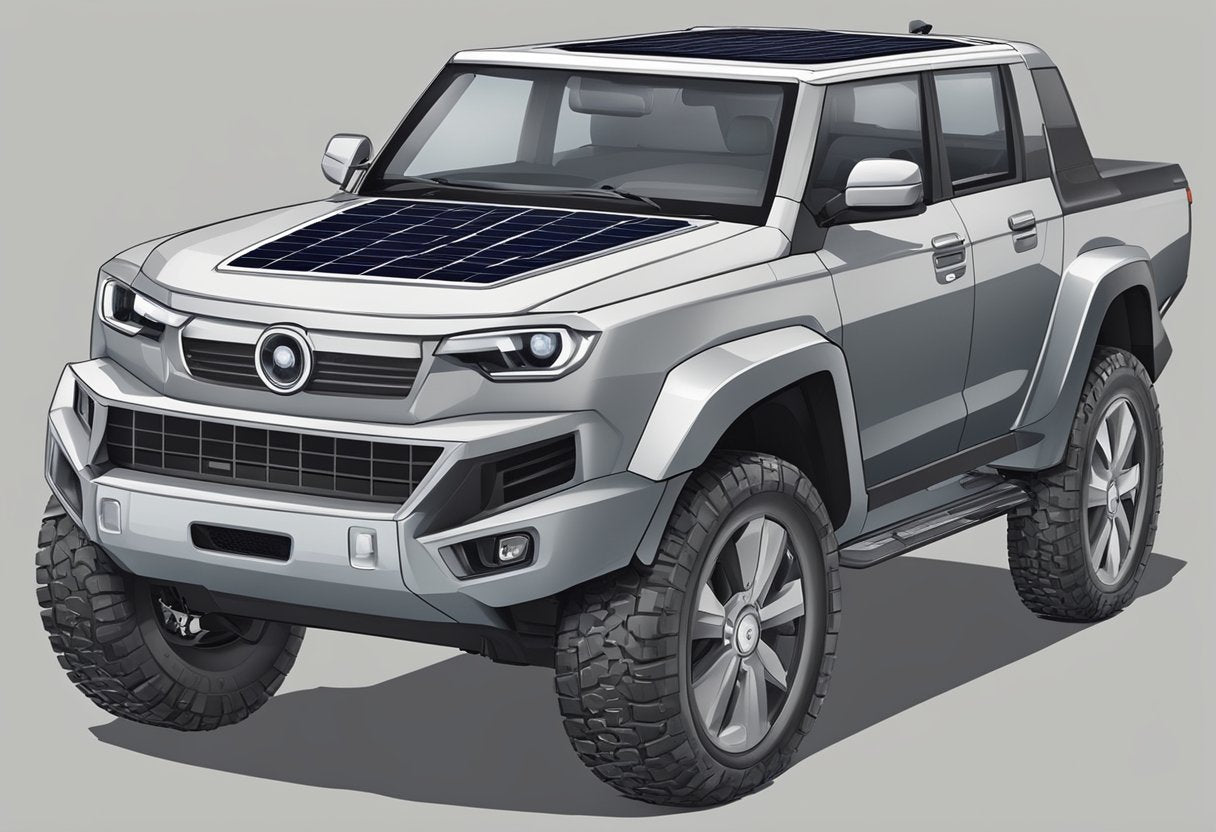
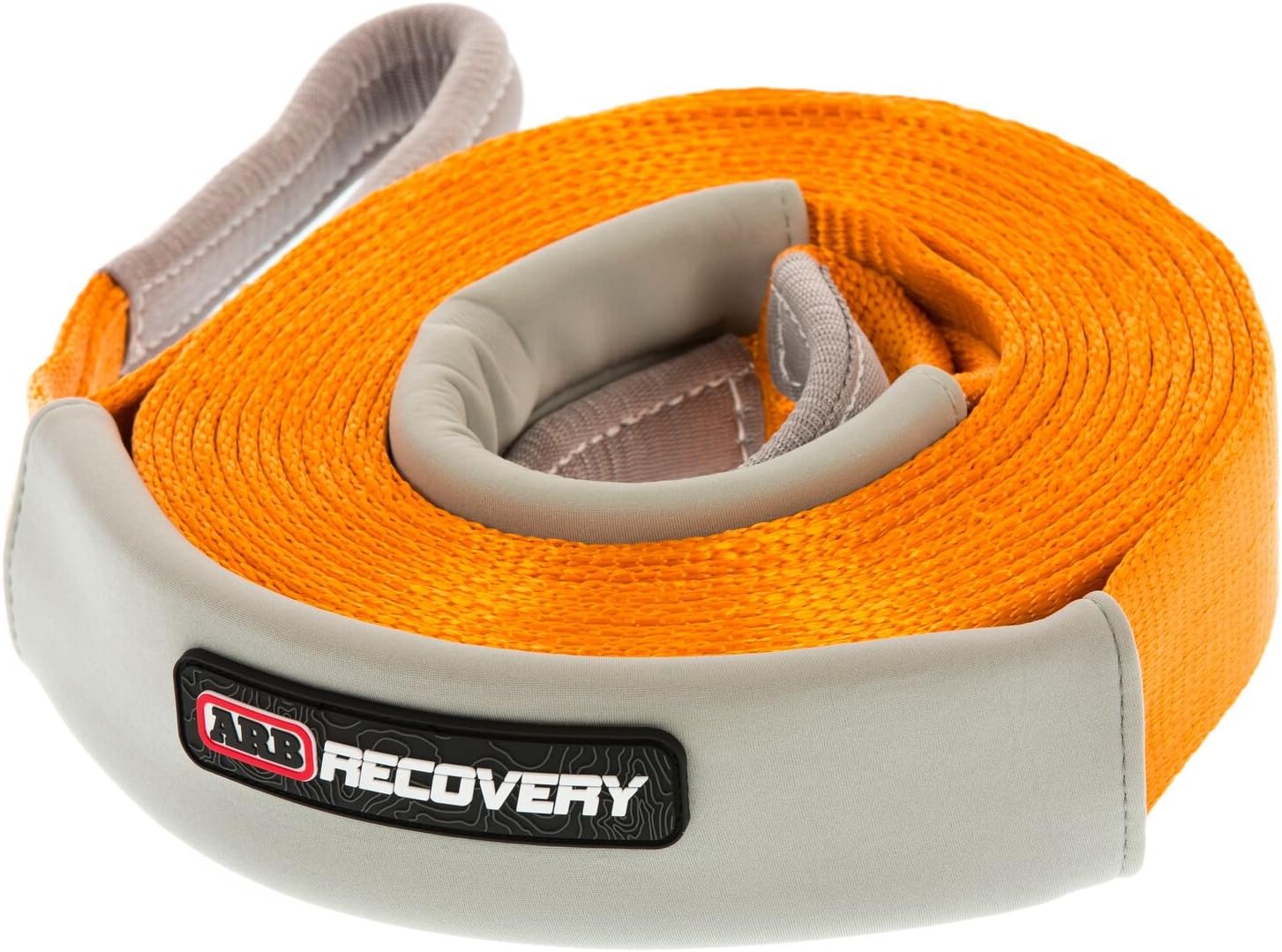
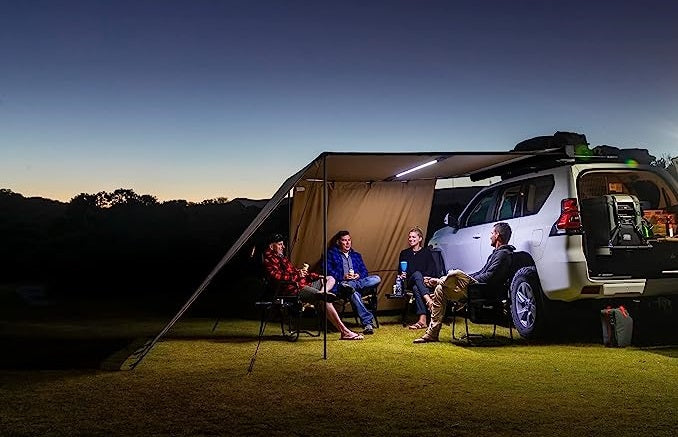
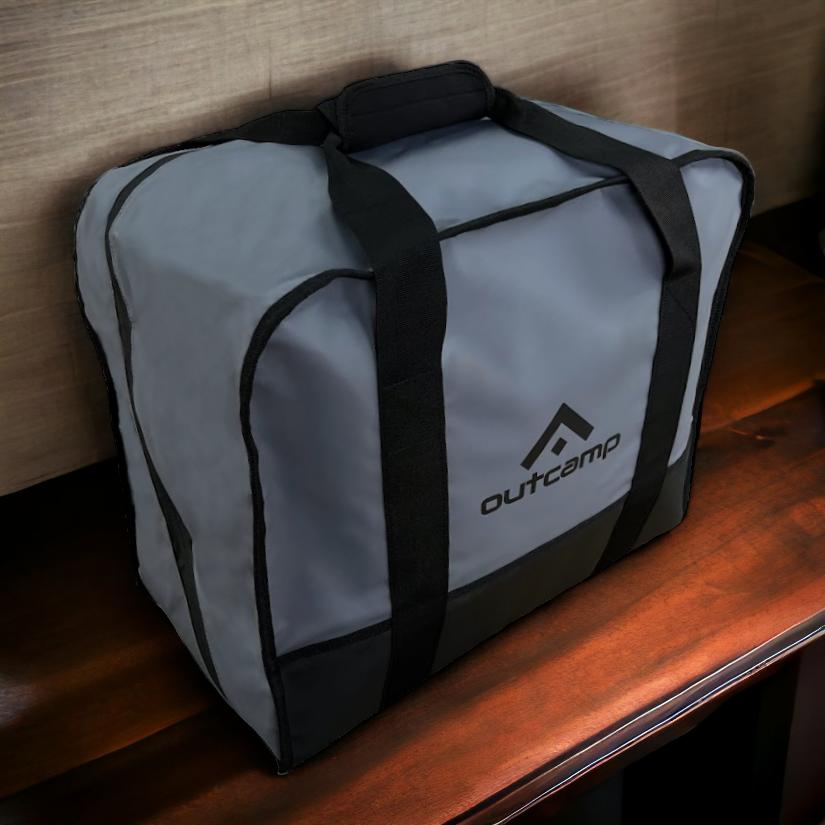
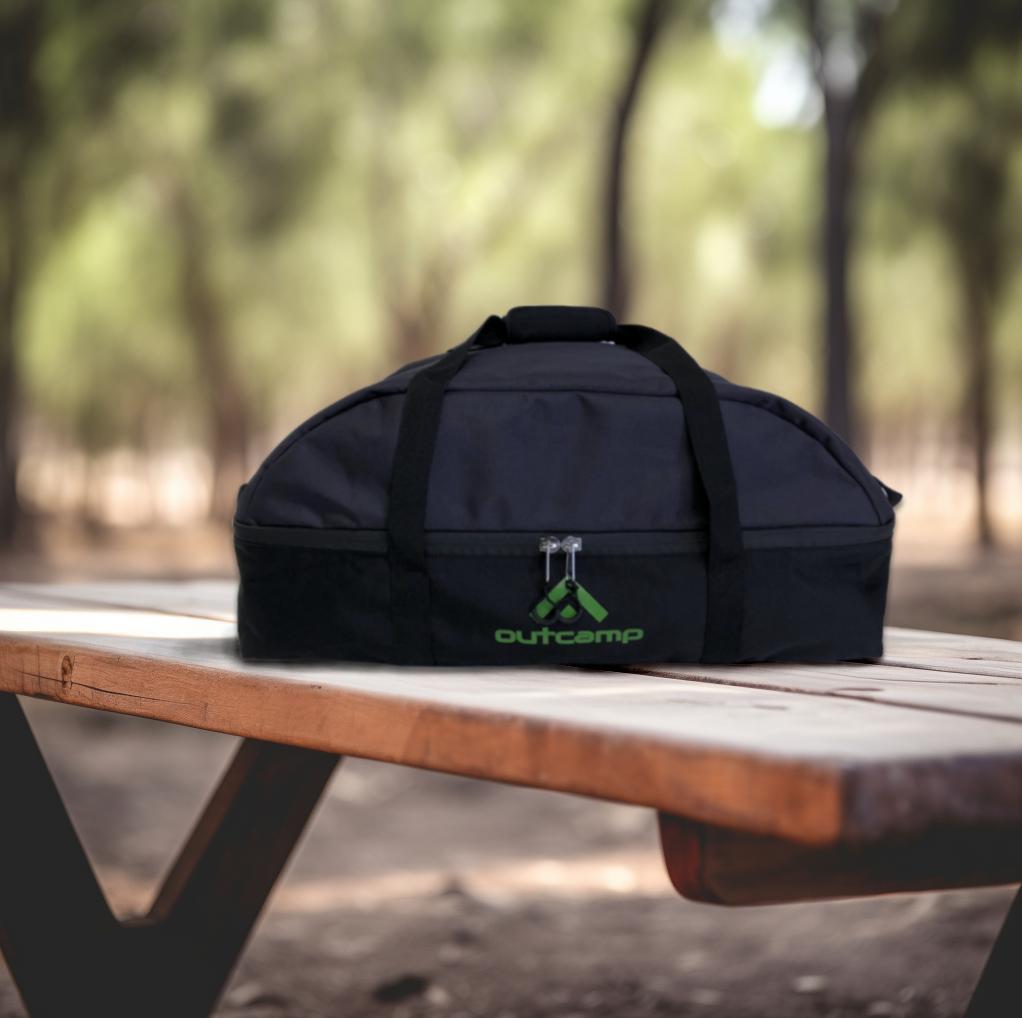
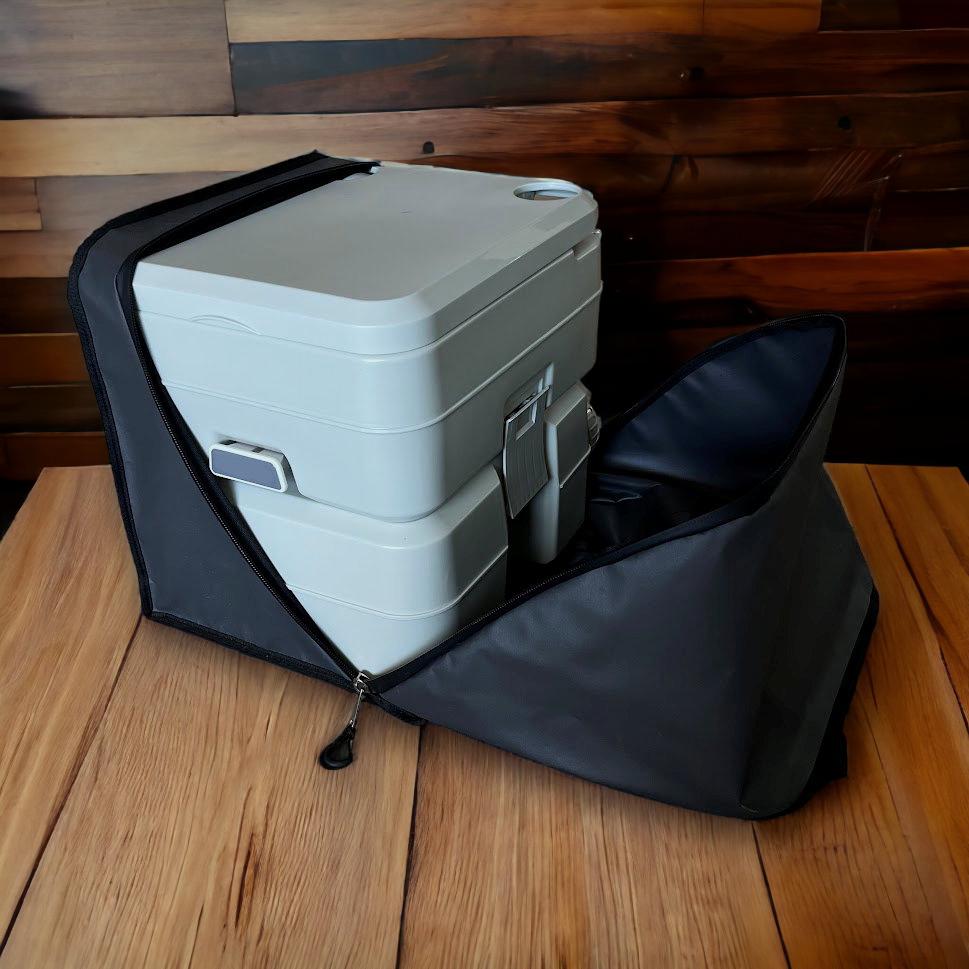
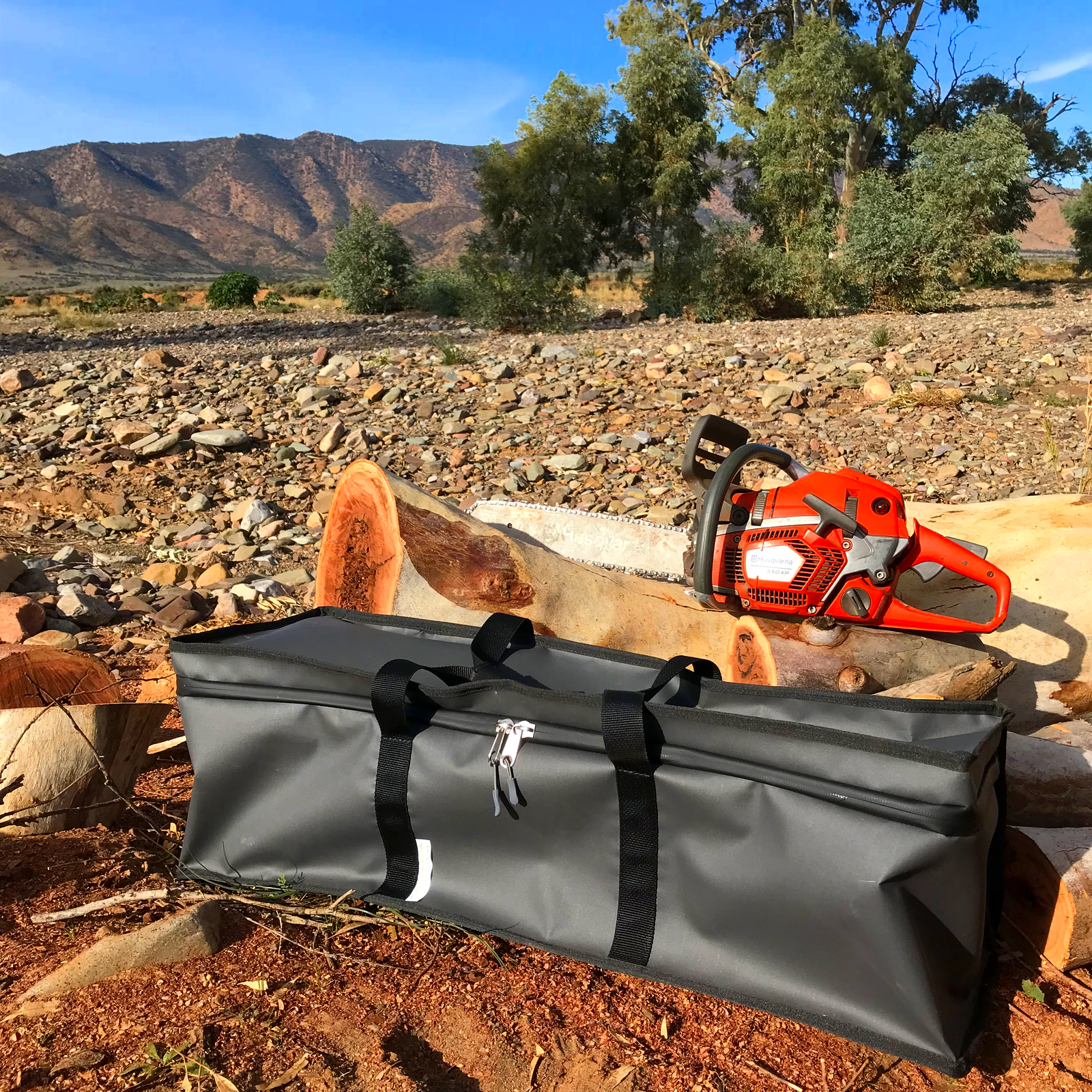








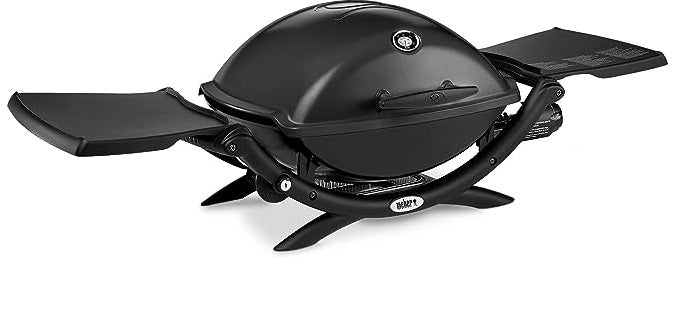
Leave a comment (all fields required)